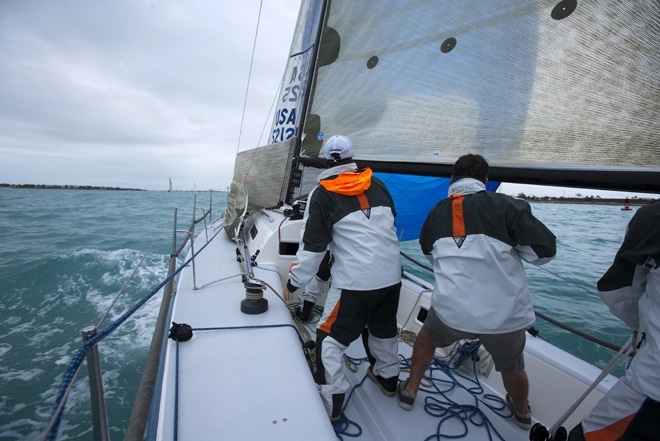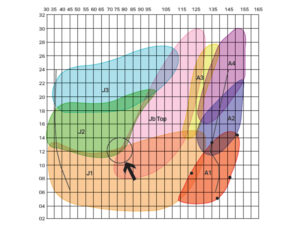
Sambuca gallery thumbnail

2 During the bear away, the helmsman looks for the clew of the kite to appear around the headstay before the jibe.

3 As the boom is coming across, this is the critical moment when the port spinnaker sheet must be free to run. The offside trimmer can push the rope out and be certain it¿s loose.

4-5 The turn should be slow and steady. This last element is the most important. The rate of turn and the timing of the jibe are critical to a good Sambuca. The trimmers can be a bit off on their timing, but the kite must be appearing around the sta

4-5 The turn should be slow and steady. This last element is the most important. The rate of turn and the timing of the jibe are critical to a good Sambuca. The trimmers can be a bit off on their timing, but the kite must be appearing around the sta










